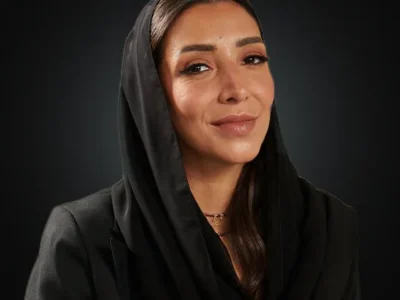The Arab world is undergoing a transformative shift towards sustainability, extending beyond oil and construction to include the beauty industry. This emerging trend is not just redefining beauty standards but is also aligning with global environmental goals. The movement towards eco-elegance in the Arab world showcases a fusion of traditional knowledge and modern innovation, paving the way for a sustainable future in the cosmetics sector.
Historical Context and Modern Transition
Historically, the use of natural ingredients in beauty and personal care is deeply rooted in Arab culture. Ingredients like argan oil, aloe vera, and black seed have long been staples in local beauty regimens. Today, these time-honored traditions are being revitalized and reinterpreted through the lens of modern sustainability. This shift is driven by a growing awareness of environmental issues among consumers and a surge in demand for products that are both effective and eco-friendly.
In countries like the UAE, Saudi Arabia, and Egypt, there is an increasing number of startups and established brands that are innovating in the realm of sustainable beauty. These companies are not only focusing on sourcing local, natural ingredients but are also investing in eco-friendly packaging and ethical sourcing practices.
Innovations in Product and Packaging
One of the most notable areas of innovation in the Arab beauty industry is the development of sustainable products. Brands are formulating products with locally sourced ingredients, minimizing the carbon footprint associated with transportation. For example, the use of camel milk in moisturizers and face masks is gaining popularity due to its nourishing properties and local availability.
Packaging is another critical aspect where innovation is rampant. Companies are moving away from traditional plastic packaging to biodegradable and recyclable options. Some brands are even adopting zero-waste policies, offering refills and using glass or metal containers that can be returned and reused.
Challenges and Opportunities
Despite the enthusiasm, there are significant challenges to achieving sustainability in the beauty industry. One of the primary issues is the cost associated with sourcing and producing sustainable products. Eco-friendly materials often come at a higher price point, which can be a barrier for both brands and consumers in a price-sensitive market.
However, these challenges also present opportunities for innovation and growth. There is a considerable gap in the market for affordable, sustainable beauty products. Entrepreneurs and startups that can innovate to reduce costs while maintaining sustainability standards are likely to succeed and capture a significant market share.
Consumer Awareness and Education
Educating consumers about the benefits of sustainable beauty products is crucial for the growth of this sector. Many consumers in the Arab world are still unaware of the environmental impact of their beauty choices. Brands and organizations are increasingly engaging in educational campaigns to highlight the importance of sustainability in beauty and personal care.
In addition, social media and influencers play a pivotal role in shaping consumer preferences and can be powerful tools for promoting sustainable beauty. Influencers who focus on eco-friendly lifestyles are becoming increasingly popular, helping to drive awareness and acceptance of sustainable beauty products.
Government Role and Regulatory Framework
Governments in the Arab world are also recognizing the importance of supporting sustainable industries, including beauty. Several governments have introduced regulations that encourage sustainability in manufacturing and packaging. These policies not only support environmental goals but also promote economic diversification and innovation.
For instance, the UAE’s Vision 2021 emphasizes sustainable development and has spurred local companies to adopt greener practices. Similar initiatives are underway in other countries, creating a regulatory environment that supports the growth of sustainable beauty brands.
Looking Forward
As the global beauty industry moves towards greater sustainability, the Arab world is uniquely positioned to be a leader in this arena. The rich biodiversity and historical use of natural beauty treatments provide a strong foundation for sustainable beauty practices. Moreover, the region’s strategic position as a crossroads of commerce enables it to influence both Eastern and Western beauty markets.
The future of beauty in the Arab world is one that harmonizes with the principles of sustainability. It is a shift that not only preserves the environment but also enriches the cultural heritage of the region. As more brands and consumers embrace eco-elegance, the Arab world could set new standards for beauty industry sustainability globally.
Conclusion
The shift towards sustainable beauty in the Arab world is more than a trend; it’s a necessary evolution that aligns with global sustainability goals and consumer expectations. This movement is not only about being environmentally conscious but also about embracing and redefining traditional beauty wisdom in a modern context. As the region continues to innovate and lead, it lights the way for a more sustainable and beautiful future.









